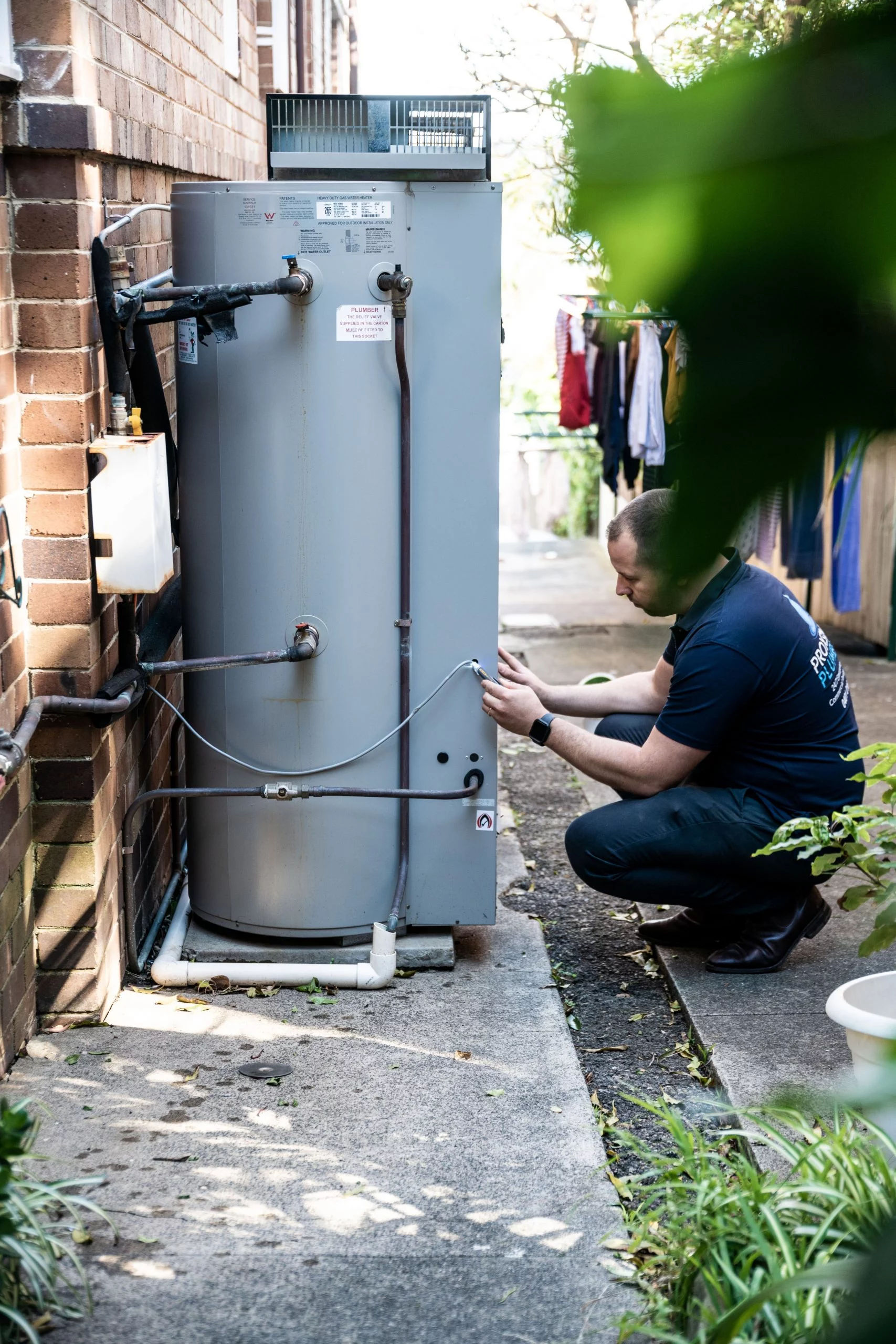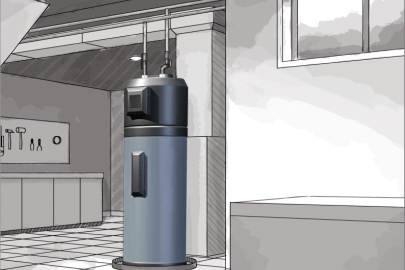Simple Guide to Maintaining Your Home's Hot Water SystemCaring for Your Home's Hot Water System: Essential TipsSteps to Properly Maintain Your Home's Hot Water System
Simple Guide to Maintaining Your Home's Hot Water SystemCaring for Your Home's Hot Water System: Essential TipsSteps to Properly Maintain Your Home's Hot Water System
Blog Article
What are your opinions about Tips For Maintaining Your Hot Water Heater?

Hot water is vital for day-to-day convenience, whether it's for a refreshing shower or cleaning recipes. To ensure your hot water system runs efficiently and lasts longer, routine upkeep is vital. This short article supplies sensible pointers and insights on how to maintain your home's hot water system to prevent disturbances and pricey repairs.
Introduction
Maintaining your home's hot water system might seem difficult, but with a few simple steps, you can ensure it operates smoothly for years to come. This overview covers whatever from comprehending your hot water system to DIY maintenance tips and knowing when to hire professional aid.
Value of Keeping Your Warm Water System
Regular upkeep not just extends the life expectancy of your hot water system yet also guarantees it runs successfully. Disregarding upkeep can cause reduced effectiveness, greater power expenses, and even early failing of the system.
Indications Your Hot Water System Needs Maintenance
Knowing when your warm water system requires interest can avoid major concerns. Watch out for signs such as irregular water temperature level, unusual noises from the heating system, or corroded water.
Flushing the Water Heater
Flushing your hot water heater eliminates sediment buildup, enhancing efficiency and extending its life.
Checking and Changing Anode Rods
Anode rods avoid corrosion inside the container. Checking and replacing them when broken is important.
Facility Problems Requiring Specialist Help
Instances include major leakages, electrical problems, or if your hot water heater is consistently underperforming.
Regular Professional Upkeep Advantages
Expert upkeep can include thorough examinations, tune-ups, and guaranteeing conformity with security criteria.
Evaluating and Changing Temperature Level Settings
Readjusting the temperature setups ensures ideal performance and safety and security.
DIY Tips for Upkeep
You can perform a number of maintenance tasks on your own to maintain your warm water system in top problem.
Looking for Leaks
Consistently examine pipelines and connections for leakages, as these can lead to water damage and greater bills.
Comprehending Your Warm Water System
Prior to diving right into upkeep tasks, it's practical to understand the basic components of your warm water system. Generally, this consists of the hot water heater itself, pipes, anode poles, and temperature controls.
Regular Monthly Upkeep Tasks
Routine month-to-month checks can assist capture minor issues before they intensify.
Examining Stress Relief Valves
Evaluating the stress safety valve guarantees it functions properly and stops excessive pressure accumulation.
Shielding Pipelines
Shielding hot water pipes decreases warmth loss and can save energy.
When to Call a Professional
While DIY maintenance is helpful, some concerns call for specialist know-how.
Verdict
Normal upkeep of your home's warm water system is essential for efficiency, longevity, and cost financial savings. By complying with these ideas and recognizing when to look for expert assistance, you can make sure a trusted supply of warm water without unexpected disruptions.
How to Maintain an Instant Hot Water Heater
Before tinkering with your hot water heater, make sure that it’s not powered on. You also have to turn off the main circuit breaker and shut off the main gas line to prevent accidents. Also turn off the water valves connected to your unit to prevent water from flowing into and out of the appliance. 2. When you’re done, you have to detach the purge valves’ caps. These look like the letter “T” and are situated on either side of the water valves. Doing so will release any pressure that has accumulated inside the valves while at the same time avoid hot water from shooting out and burning your skin. 3. When the purge valves’ caps are removed, you have to connect your hosing lines to the valves. Your unit should have come with three hoses but if it didn’t, you can purchase these things from any hardware or home repair shops. You can also get them from retail stores that sell water heating systems. Read the user’s manual and follow it to complete this task properly. When the hosing lines are connected, open the purge port’s valves. 4. You should never use harsh chemical cleaners or solutions when cleaning your unit. Make use of white vinegar instead. It should be undiluted and you’ll probably use about 2 gallons. 5. Now flush your water heater. This task should probably take about 40 minutes. We can’t give you specific directions for this because the procedure is carried out depending on the type, model and brand of your heater. With that being said, refer to the user’s manual. 6. When you’re done draining the unit, you have to turn off the purge port valves again. Remove the hosing lines that you earlier installed on each of the water valves. Put the valve caps (purge port) back in their respective places and be very careful so as not to damage the rubber discs that are found inside these caps. 7. Now that everything’s back in place, check your user’s manual again to find out how to reactivate your water heating system. 8. Once it is working, turn one of your hot water faucets on just to let air pass through the heater’s water supply pipes. Leave the tap on until water flows smoothly out of it. https://www.orrplumbing.com/blog/2014/september/how-to-maintain-an-instant-hot-water-heater/

I hope you enjoyed reading our article about How to Maintain a Hot Water Heater in a Few Simple Steps. Thank you so much for finding the time to browse our content. Those who enjoyed reading our blog posting kindly be sure to pass it around. Bless you for being here. Revisit us soon.
Book Service Now Report this page